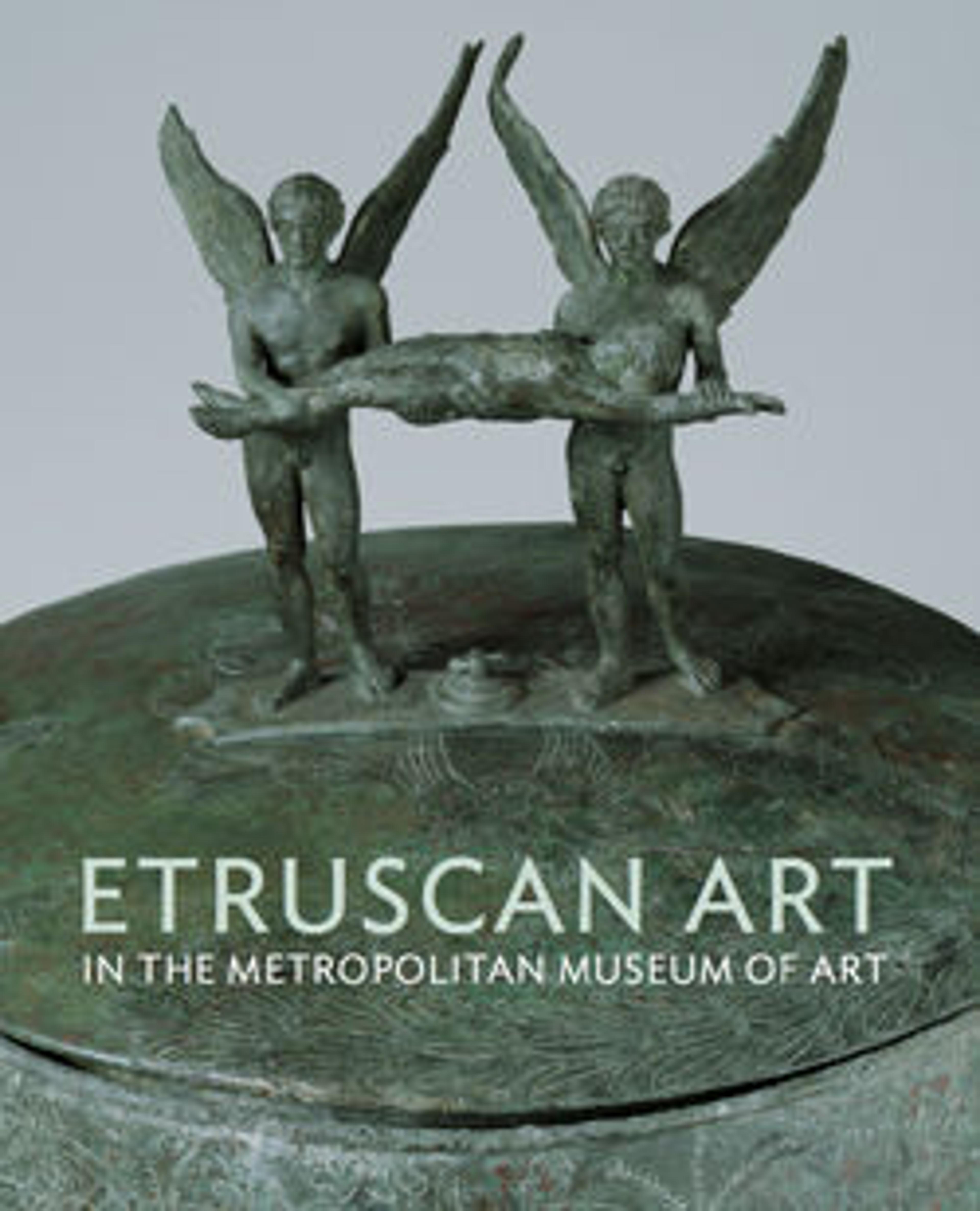Bronze cista (toiletries box)
This is the largest and finest of the Museum's engraved cistae. The cylindrical body is decorated with three friezes, an unusual treatment. On the major frieze is a series of episodes from the Trojan War told in Homer's Iliad, including what seems to be the sacrifice of the Trojan prisoners. The minor friezes, above and below, depict battle scenes and chariot races but also include unrelated subjects, for example griffins attacking a horse. The chariot race continues on the solid-cast lion-paw feet. The poorly preserved engravings on the lid probably depict winged nereids riding on dolphins and sea monsters while carrying the armor of Achilles, the major Greek hero of the Trojan War. The handle, one of the finest of this type, shows two nude winged genii carrying the body of a dead soldier. The treatment of wing feathers and hair is especially delicate.
Artwork Details
- Title: Bronze cista (toiletries box)
- Period: Late Classical
- Date: ca. 350–325 BCE
- Culture: Praenestine
- Medium: Bronze
- Dimensions: H. 23 in. (58.4 cm)
- Classification: Bronzes
- Credit Line: Gift of Courtland Field Bishop, 1922
- Object Number: 22.84.1a, b
- Curatorial Department: Greek and Roman Art
More Artwork
Research Resources
The Met provides unparalleled resources for research and welcomes an international community of students and scholars. The Met's Open Access API is where creators and researchers can connect to the The Met collection. Open Access data and public domain images are available for unrestricted commercial and noncommercial use without permission or fee.
To request images under copyright and other restrictions, please use this Image Request form.
Feedback
We continue to research and examine historical and cultural context for objects in The Met collection. If you have comments or questions about this object record, please contact us using the form below. The Museum looks forward to receiving your comments.
